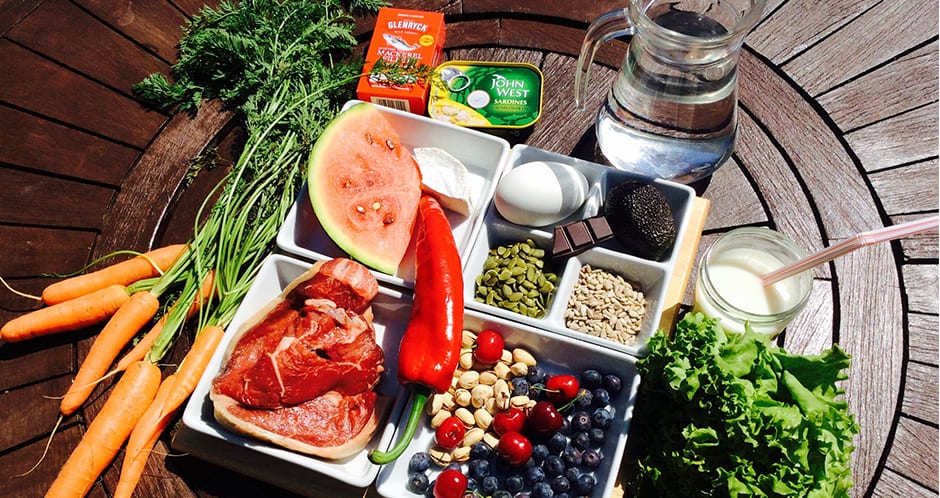
Several factors have been linked to the risk of developing Alzheimer’s Disease including older age, genetic factors, family history, a history of head trauma, midlife hypertension, obesity, diabetes and high cholesterol. Studies have also suggested that diet and lifestyle factors may influence risk.
4